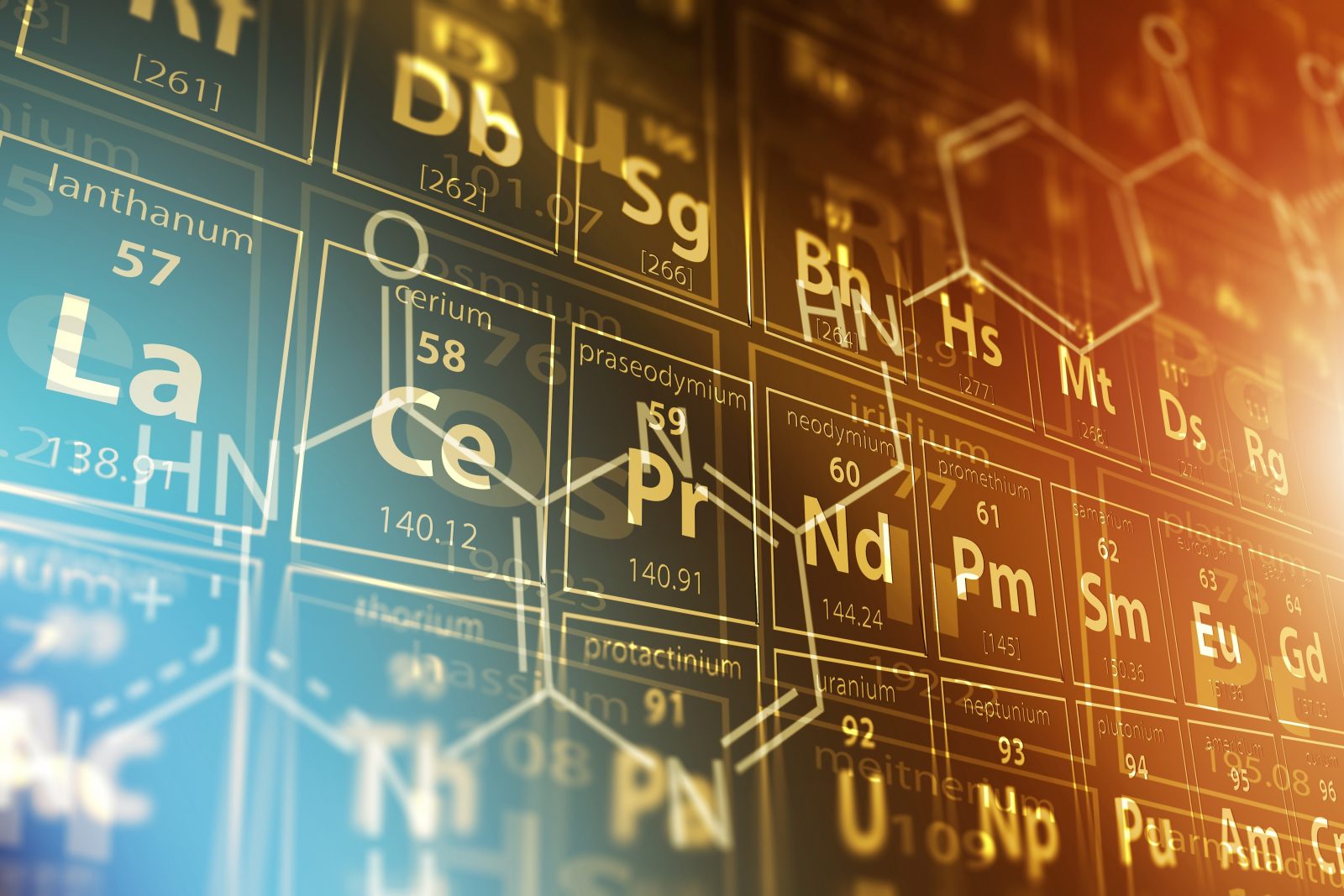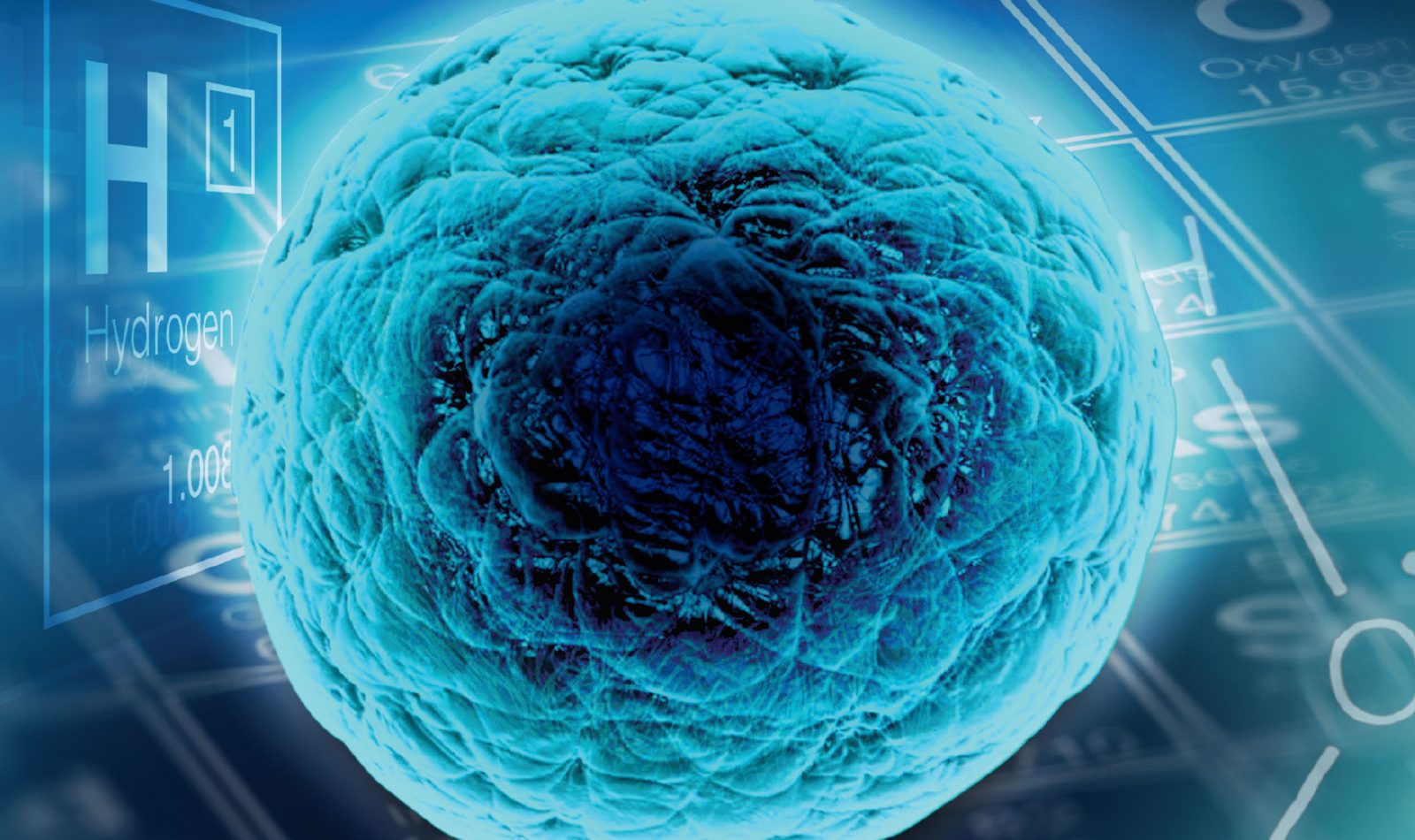
An Engineer Talks ID, Biomimicry, and Hacking the Cosmos
On today’s ID the Future, host Casey Luskin sits down with Dominic Halsmer, a Senior Professor of Engineering at Oral Roberts University, to discuss Halsmer’s recent book, Hacking the Cosmos: How Reverse Engineering Uncovers Organization, Ingenuity and the Care of a Maker. Dr. Halsmer draws on the engineering concept of affordances to explore how Earth and the universe show evidence of having been intelligently engineered to afford the possibility of life, and even for humans to discover evidence of a grand designer. Also in the conversation, the implications of biologists using reverse engineering to better understand biological systems, and of engineers studying clever designs in the biological realm to make engineering breakthroughs, a creative strategy known as biomimicry.

